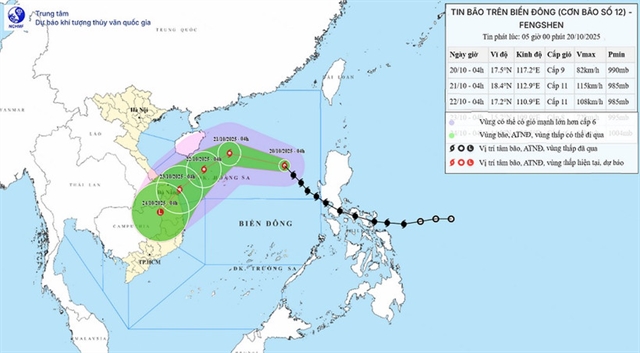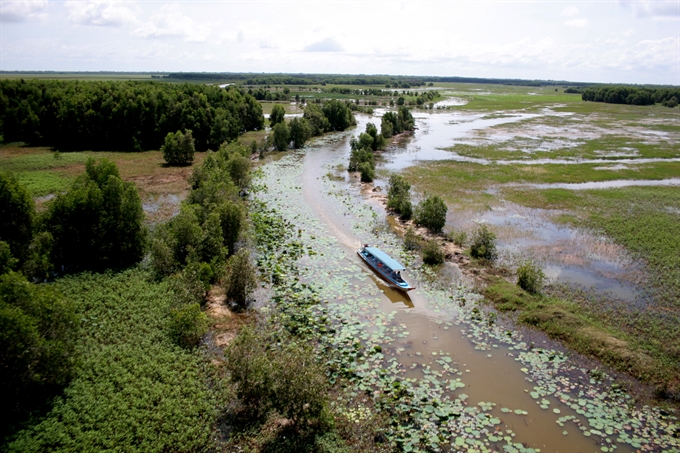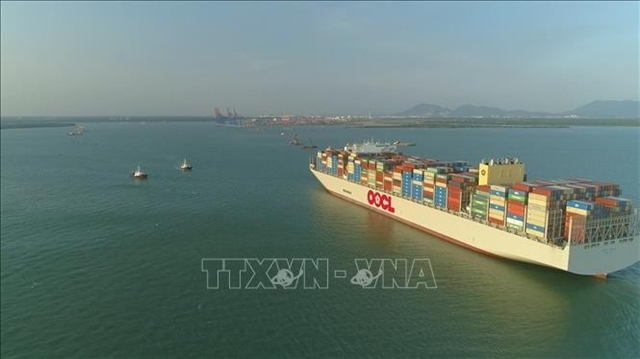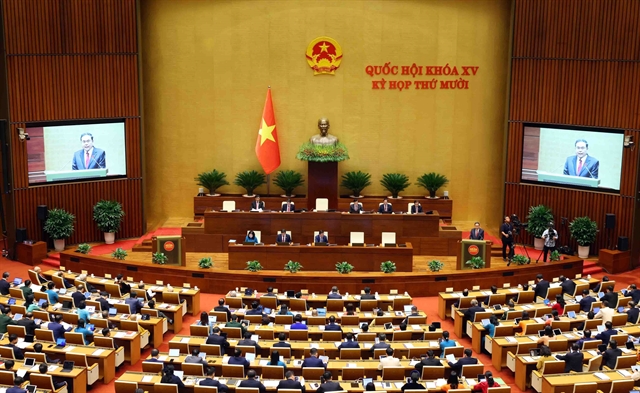 Environment
Environment

Implementing environmental commitments under the Trans-Pacific Partnership (TPP) will be a big challenge for Việt Nam in the near future.
 |
| A corner of Tràm Chim National Park – an area rich in biodiversity, located in the Mekong Delta’s Đồng Tháp Province. Việt Nam will improve its Law on Biodiversity to align with TPP’s environmental commitments. — VNS Photo Đoàn Tùng |
HÀ NỘI — Implementing environmental commitments under the Trans-Pacific Partnership (TPP) will be a big challenge for Việt Nam in the near future.
The commitments encompass protecting the ozone layer, preserving the marine environment from ship pollution, boosting biodiversity conservation, combating with wildlife trafficking, developing a low-emissions economy, and sustainably managing fisheries.
Phan Tuấn Hùng, deputy head of Legal Affairs Department under the Ministry of Natural Resources and Environment, spoke about these issues yesterday at a workshop organised by the ministry and by the US Embassy in Hà Nội.
During the workshop, Deputy Minister Trần Hồng Hà said implementing TPP’s environmental commitments would prove a big challenge for Việt Nam because the country’s economic development was at the lowest level of the 12 countries which signed the TPP.
Environmental commitments under TPP are much larger and stricter than for any other trade greement Việt Nam has ever signed, according to Hà. The commitments contain many objectives managed by a range of ministries, such as natural resources and environment, agriculture and rural development, and transport.
Việt Nam and eleven other countries signed the TPP in Auckland, New Zealand on February 2 this year, making Việt Nam a full member of the biggest multilateral free trade zone, together with economic world powers like the US, Japan and Singapore.
Heidi Stockhaus, an expert of the environment ministry’s Legal Affairs Department, recommended that Việt Nam choose a representative for the Environment Committee, to oversee implementation of TPP environmental commitments.
Stockhaus also suggested establishing a consulting mechanism, to advise on implementation and to identify areas of priority for cooperation.
Talking with local media on the sidelines of the workshop, the president of the Institute of Strategy and Policy on Natural Resources and Environment, Nguyễn Thế Chinh, said Việt Nam should review all policies to meet TPP environmental commitments.
If shortcomings were found in the legal documentation systems, they needed to be fixed in order to implement the commitments, he said.
Hùng, deputy head of Legal Affairs Department, said the Law on Biodiversity and the Law on Forest Protection would be improved, in compliance with TPP environmental commitments.
Hùng also asked the country to develop a plan to enforce environmental laws and to compile a roadmap for their implementation.
The workshop offered participants a chance to discuss ways to accomplish these commitments after the TPP is ratified in the country. As scheduled, the Government will propose that the National Assembly ratify TPP in July.
TPP is the first free trade agreement in the world to dedicate one chapter to environmental commitments. The move demonstrates the importance of environmental protection in trading activities and sustainable development these days.
According to Emily Dougherty from the Office of the US Trade Representative, the Asia-Pacific region faces an array of environmental challenges - including wildlife trafficking, illegal logging, illegal fishing, and marine pollution – which threaten human health, habitat and biodiversity.
It is hoped that these challenges can all be tackled by creating enforceable commitments to deal with a range of environmental issues and transnational challenges. Developing closer cooperation among TPP governments - to address transnational threats, to police environmental crimes, and to help lower-income countries - is also needed.
The TPP’s environmental cooperation framework is designed as follows: Cooperation may occur on a bilateral or multilateral basis between Parties, and may include non-Parties and non-governmental bodies. Each Party designates national contact points to coordinate cooperative activities, share its cooperation priorities, and propose activities related to implementation of the TPP’s Chapter 20.
Parties discuss and review cooperative activities through the Environment Committee established under the chapter. The Parties may periodically evaluate the necessity of designating an entity to provide administrative and operational support for cooperative activities. — VNS




